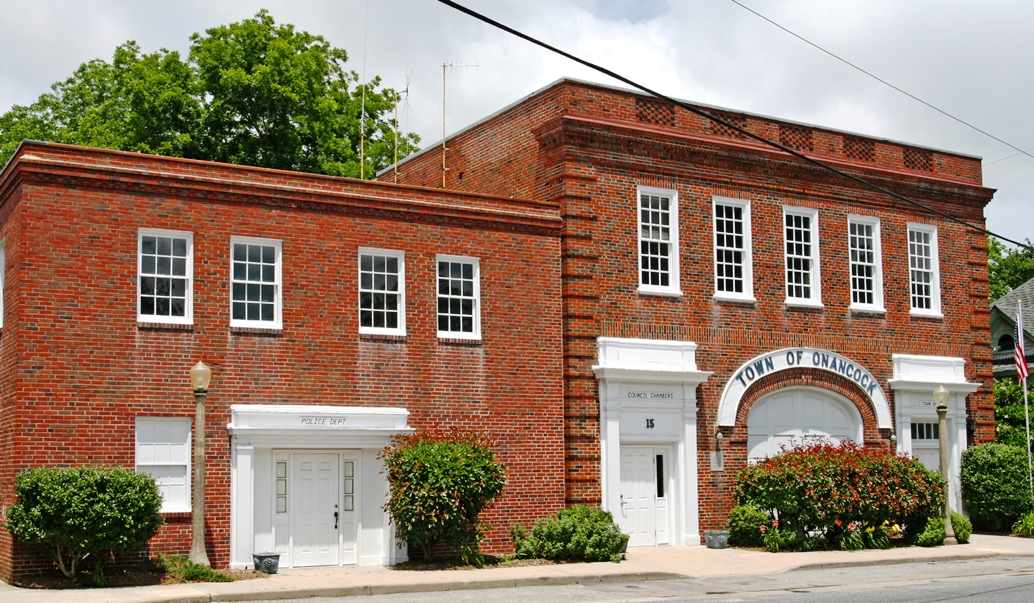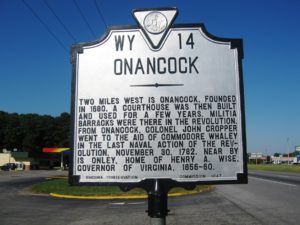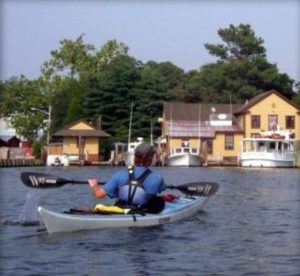Onancock is a coastal town in Accomack County on the Eastern Shore of Virginia, with a population of about 1263.
Chartered in 1680 as Port Scarborough, Onancock has over three centuries history (not including Native American history, from whom it derives its name) based on bringing people the goods and services they crave. A deep-water port, the town offers safe harbor to pleasure boats cruising the Chesapeake Bay and put-in convenience for kayakers and day sailors.
Once off the water, visitors find eight blocks of the downtown jammed with shops and galleries, historic buildings and churches, and varied dining options. Beyond the town, there are miles and miles of rural farms, beaches and wetlands to explore. All this is just a day’s trip from Baltimore, Washington DC, Richmond and Philadelphia.So, the town has tremendous tourism potential, and they want to do a better job of tapping it to grow the local economy.
On March 9, 2018, about 80 local residents gathered to express their enthusiasm for revitalizing the historic waterfront community’s downtown area.“We’re all together tonight to start the process and start learning,” said one of the organizers, Onancock Town Council member Catherine Krause. “Step two of this process is to get everyone’s input. That’s what we need — we need a community vision.”
Kyle Meyer, a revitalization planner at the Virginia Department of Housing and Community Development introduced the Main Street concept to attendees at the meeting. “It’s a grassroots revitalization strategy … This is something that comes from the community itself,” he said.
Meyer gave examples of other Virginia towns that have participated in the program with great success — including South Boston, where the town purchased a former tobacco warehouse and found a redeveloper who repurposed and renewed it as residential.
Hopewell is another. They’ve had eight new businesses open up downtown within the past few months. “That can dramatically change a community,” he said of Hopewell’s resurgence.
Residents’ participation is key, he said. “When you start to see all these great ideas that you contributed to these efforts, there’s a lot of pride that surrounds it,” Meyer said, adding, “You start to see an empty building that’s been boarded up for a while come back to life … That certainly uplifts that community pride … Your buildings are your biggest asset.”
The Main Street Fundamentals are these:
- The Main Street Approach is centered around Transformation Strategies. A Transformation Strategy articulates a focused, deliberate path to revitalizing or strengthening a downtown or commercial district’s economy;
- A program’s work on Transformation Strategies should be organized around the Four Points: Economic Vitality, Design, Promotion, and Organization;
- A revitalization program’s work – and its Transformation Strategies – need to be informed by a solid understanding of local and regional market data, and sustained and inclusive community engagement.
While not perfect, the Main Street Approach puts communities that use it far ahead of the majority. Most place have no real strategy or process for revitalization at all: they just do a bunch of projects and hope for the best. For a more-thorough understanding of strategies and processes for revitalization and resilience, read this.
Photo of Onancoke Town Hall and Police Department by JodyMBrumage via Wikipedia.



